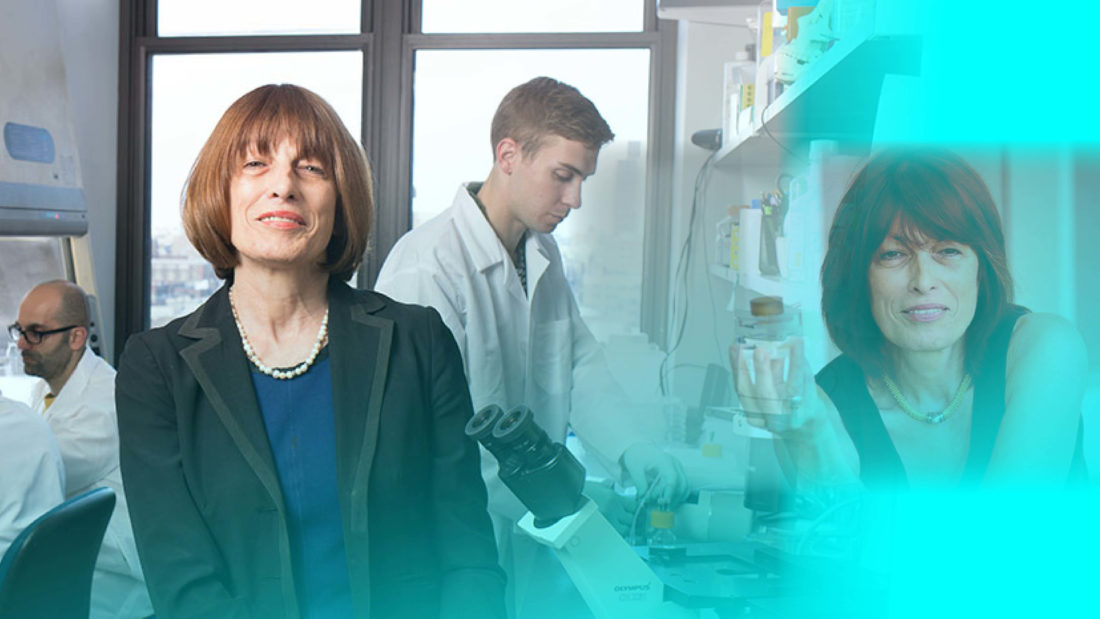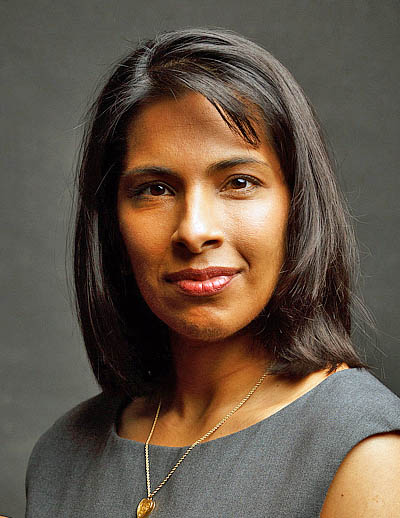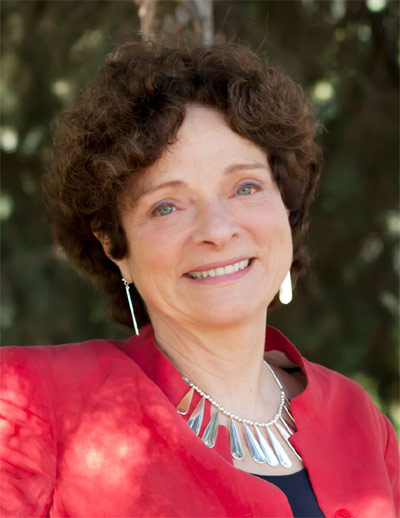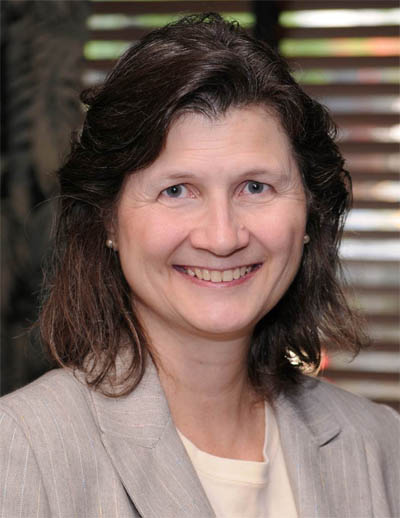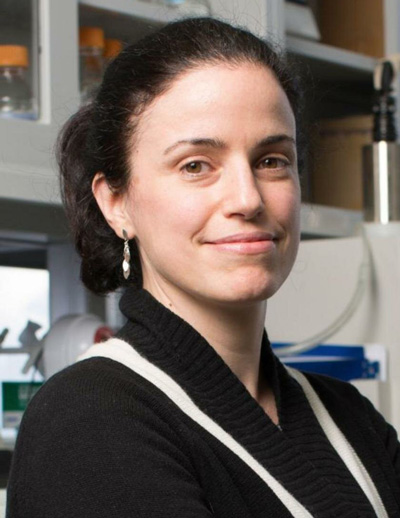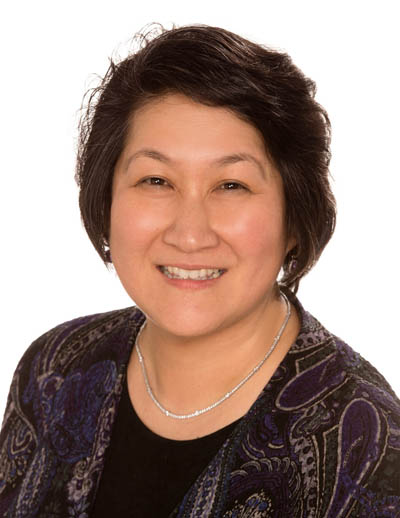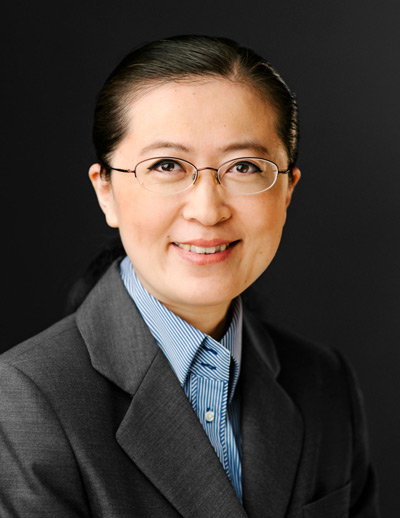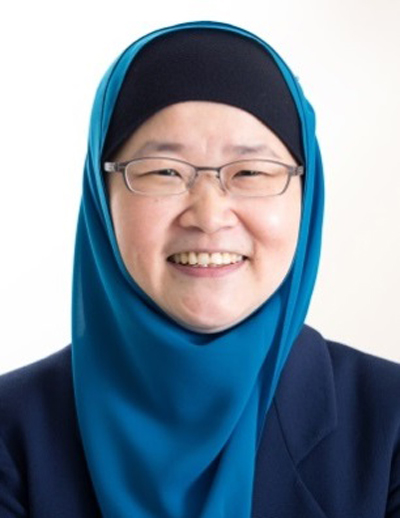RECOGNIZING EXCELLENCE
Awardees
-
2019 – National Academy of Medicine2020 – National Academy of Engineering2025 - National Academy of Engineering2021 – National Academy of Medicine2024 – National Academy of Engineering2016 – National Academy of Medicine2021 – National Academy of Medicine2013 – National Academy of Sciences2009 – National Academy of Engineering2009 – National Academy of Medicine2018 Nobel Prize in Chemistry2008 – National Medal of Tech & Innovation2000 NAE, 2004 NAM, 2008 NAS2017 – National Academy of Engineering2020 – National Academy of Medicine2019 – National Academy of Engineering2017 - AIMBE Pierre Galletti Award2023 - National Academy of Engineering2023 - National Academy of Medicine2023 - National Academy of Engineering2020 - National Academy of Sciences2010 – National Academy of Engineering2019 – National Academy of Medicine2017 – National Academy of Sciences2015 – National Academy of Engineering2022 – National Academy of Engineering2015 – National Academy of Medicine2015 – National Academy of Engineering2024 - National Medal of Science2016 – National Academy of Sciences1995 – National Academy of Medicine2012 – National Academy of Engineering2025 - National Academy of Engineering2001 – National Academy of Medicine2019 – National Academy of Engineering2024 - National Medal of Science2022 - Pierre Galletti Award2015 - NAE, 2014 - NAS, 2007 - NAM2018 – National Academy of Engineering2025 - National Academy of Engineering2006 - National Medal of Science2000 – National Academy of Sciences2024 – National Academy of Engineering2015 – National Academy of Medicine2021 – National Academy of Medicine2023 – National Academy of Sciences2018 – National Academy of Engineering2018 – National Academy of Medicine2014 – National Academy of Engineering2019 – National Academy of Medicine2010 – National Academy of Engineering2021 – National Academy of Medicine2011 – National Academy of Engineering2024 - National Medal of Tech & Innovation2019 – National Academy of Sciences2017 – National Academy of Engineering2016 – National Academy of Medicine1993 – National Academy of Medicine2022 – National Academy of Engineering2010 – National Academy of Medicine2025 - National Academy of Engineering2012 - National Academy of Medicine2016 – National Academy of Medicine2021 – National Academy of Medicine2021 – NAS, 2011 - NAE, 2004 - NAM2014 – National Medal of Tech & Innovation2009 – AIMBE Pierre Galletti Award2007 – National Academy of Engineering2018 – AIMBE Pierre Galletti Award2013 - National Academy of Engineering2018 – National Academy of Sciences2017 – National Academy of Engineering2005 – National Academy of Engineering2022 – National Academy of Engineering2023 - National Academy of Engineering2024 – National Academy of Engineering2020 – National Academy of Engineering2020 – National Academy of Medicine2022 - National Academy of Engineering2008 – National Academy of Medicine2015 – National Academy of Medicine2020 – National Academy of Engineering2015 - National Academy of Medicine2022 – National Academy of Sciences1997 – National Academy of Engineering2023 – National Academy of Sciences2018 – National Academy of Medicine2013 - AIMBE Pierre Galletti Award2010 – National Academy of Engineering2007 – National Academy of Medicine2021 – National Academy of Sciences2004 – National Academy of Engineering2008 – National Academy of Medicine2022 – National Academy of Medicine2025 - National Academy of Engineering2021 – National Academy of Medicine2023 - National Academy of Engineering2016 – AIMBE Pierre Galletti Award2015 – National Academy of Sciences2008 – National Academy of Engineering2016 – National Academy of Engineering2019 – National Academy of Engineering2024 – National Academy of Engineering2023 - Pierre Galletti Award2016 – National Academy of Engineering2021 – National Academy of Engineering2017 – National Academy of Engineering2019 – National Academy of Engineering2023 – National Academy of Engineering2020 – National Academy of Medicine2008 – National Medal of Tech & Innovation2004 – National Academy of Engineering2019 – National Academy of Engineering2019 – National Academy of Engineering2021 – AIMBE Pierre Galletti Award2014 – National Academy of Medicine2012 – National Academy of Engineering2023 – National Academy of Medicine2016 – National Academy of Engineering2017 – National Academy of Medicine2024 - National Medal of Science2018 – National Academy of Medicine
Early Trailblazers
Gilda Barabino, Ph.D.
Gilda Barabino is Dean and Berg Professor at The Grove School of Engineering at The City College of New York. She has appointments in Biomedical Engineering, Chemical Engineering and the Sophie Davis School of Biomedical Education/CUNY School of Medicine...Barbara Boyan, Ph.D.
Barbara D. Boyan, Ph.D., dean of VCU’s School of Engineering, is an acclaimed researcher and entrepreneur. Her laboratory focuses on research related to all aspects of bone and cartilage biology...Rena Bizios, Ph.D.
Professor Rena Bizios, a chemical/biomedical engineer by training, is the Lutcher Brown Chair Professor in the Department of Biomedical Engineering at the University of Texas at San Antonio, Texas...Linda Lucas, Ph.D.
Dr. Linda C. Lucas became provost of University of Alabama at Birmingham in April 2012 after serving in the interim role since May 2011. She served as dean of the School of Engineering from 2000 to 2011...Katherine Ferrara, Ph.D.
Dr. Katherine Ferrara was recruited to the Department of Radiology at Stanford University in 2018. Prior, Professor Ferrera spent years building and shaping the Biomedical Engineering Department at the...Banu Onaral, Ph.D.
Dr. Onaral is H. H. Sun Professor of Biomedical Engineering and Electrical Engineering at Drexel University, Philadelphia, PA. She holds a Ph.D. in Biomedical Engineering from the University...Janice Jenkins, Ph.D.
During her 22-year career at the University of Michigan, Janice Jenkins became known for her mentorship and for the fact that she was the first woman faculty member hired in the Electrical and Computer Engineering...Christina Enroth-Cugell, Ph.D.
Christina Alma Elisabeth Enroth-Cugell, emeritus professor of biomedical engineering and neurobiology, passed away June 15, 2016 at age 96. She was as a renowned vision scientist...Scientists create a type of catalog, the ‘colocatome,’ of non-cancerous cells’ influence on cancer
Sylvia Plevritis | March 10, 2025Scientists create a type of catalog, the ‘colocatome,’ of non-cancerous cells’ influence on cancer
Sylvia Plevritis | March 10, 2025Stanford Medicine scientists are using artificial intelligence to better capture how healthy cells surrounding tumors influence cancer cell behavior and how those interactions can inform treatments.
Even cells experience peer pressure. Scientists have long studied the ins and outs of cancer cells to learn more about the disease, but they’re increasingly finding that noncancerous cells near the cancer cells exert a powerful influence over a tumor’s trajectory.
“Not all cells in a tumor are cancer cells — they’re not even always the most dominant cell type,” said Sylvia Plevritis, PhD, chair of Stanford Medicine’s department of biomedical data science. “There are many other cell types that support tumors.
Bone marrow transplant in teen years may lower stroke risk in SCD
Manu Platt | March 4, 2025Bone marrow transplant in teen years may lower stroke risk in SCD
Manu Platt | March 4, 2025Damage to arteries continued in adult-equivalent mice in disease model
Undergoing a bone marrow transplant during adolescence may reduce the risk of stroke in people with sickle cell disease (SCD), while waiting until adulthood is unlikely to mitigate this risk, a mouse study suggests.
“We saw that if you wait until after the vasculature is damaged to do this procedure, the tissue doesn’t bounce back,” Manu Platt, PhD, the study’s corresponding author at the National Institute of Biomedical Imaging and Bioengineering, part of the National Institutes of Health (NIH), said in an institute news release. “Down the line, this could be another key piece of information that is a motivator for earlier interventions.”
Jennifer Cochran elected to the National Academy of Engineering
Jennifer Cochran | February 18, 2025Jennifer Cochran elected to the National Academy of Engineering
Jennifer Cochran | February 18, 2025Jennifer Cochran and Christopher Manning have earned one of engineering’s highest professional distinctions.
Stanford faculty members Jennifer Cochran and Christopher Manning have been newly elected to the National Academy of Engineering (NAE). This honor is among the highest professional distinctions accorded engineers and recognizes accomplished experts from business, academia, and government.
“As a member of the National Academy of Engineering, these professionals belong to a select group of national and international peers who advance the welfare and prosperity of the nation by providing independent advice on matters involving engineering and technology, and by promoting a vibrant engineering profession and public appreciation of engineering,” said NAE President John L. Anderson.
Kristala Prather elected to the National Academy of Engineering for 2025
Kristala Prather | February 19, 2025Kristala Prather elected to the National Academy of Engineering for 2025
Kristala Prather | February 19, 2025Eight researchers, along with 13 additional alumni, are honored for significant contributions to engineering research, practice, and education.
Eight MIT researchers are among the 128 new members and 22 international members recently elected to the National Academy of Engineering (NAE) for 2025. Thirteen additional MIT alumni were also elected as new members.
One of the highest professional distinctions for engineers, membership in the NAE is given to individuals who have made outstanding contributions to “engineering research, practice, or education, including, where appropriate, significant contributions to the engineering literature” and to “the pioneering of new and developing fields of technology, making major advancements in traditional fields of engineering, or developing/implementing innovative approaches to engineering education.”
The eight MIT electees this year include:
…
Kristala L. Prather ’94, the Arthur Dehon Little Professor and head of the Department of Chemical Engineering, was honored for the development of innovative approaches to regulate metabolic flux in engineered microorganisms with applications to specialty chemicals production.
Samuel Achilefu, Ph.D., elected to National Academy of Engineering
Samuel Achilefu | February 14, 2025Samuel Achilefu, Ph.D., elected to National Academy of Engineering
Samuel Achilefu | February 14, 2025Inaugural Chair of Biomedical Engineering, an international leader in the molecular imaging of cancer, becomes UTSW’s first NAE member
Samuel Achilefu, Ph.D., inaugural Chair of Biomedical Engineering at UT Southwestern Medical Center and an internationally recognized leader in the fields of molecular imaging of cancer and nanotherapeutics, has been elected to the National Academy of Engineering (NAE).
Dr. Achilefu, who joined UT Southwestern in February 2022, becomes UTSW’s first faculty member to achieve this prestigious honor, one of the highest professional distinctions bestowed on an engineer. He is also a member of the National Academy of Medicine and a Fellow of the National Academy of Inventors.
Advancing Antiracism, Diversity, Equity, and Inclusion in STEMM Organizations
National AcademiesAdvancing Antiracism, Diversity, Equity, and Inclusion in STEMM Organizations
National AcademiesPeople from minoritized racial and ethnic groups continue to face numerous systemic barriers that impede their ability to access, persist, and thrive in STEMM higher education and the workforce.
To promote a culture of antiracism, diversity, equity, and inclusion (ADEI) in STEMM, organizations must actively work to dismantle policies and practices that disadvantage people from minoritized groups.
What Can We Do to Combat Anti-Black Racism in the Biomedical Research Enterprise?
NIHWhat Can We Do to Combat Anti-Black Racism in the Biomedical Research Enterprise?
NIHThe recent deaths of George Floyd, Ahmaud Arbery, and Breonna Taylor, in addition to the disproportionate burden of COVID-19 on African Americans, are wrenching reminders of the many harms that societal racism, inequality, and injustice inflict on the Black community. These injustices are rooted in centuries of oppression—including slavery and Jim Crow, redlining, school segregation, and mass incarceration—that continue to influence American life, including the biomedical research enterprise. Despite leading an NIH Institute whose mission includes building a diverse scientific workforce, at NIGMS we’ve struggled with what an adequate response to this moment would be, knowing that the systems that mediate the distinct and disparate burdens Black students, postdocs, and scientists face are complex and often aren’t easily moved with the urgency that they demand. With that in mind, below we share thoughts on what each of us who is in the majority or in a position of power can do to help break the cycles of racial disparities that are woven into the fabric of the biomedical research enterprise and that limit opportunities Link to external web site for Black scientists Link to external web site.
Institutional structures, policies, and cultures Link to external web site, including those in the biomedical research enterprise, all contribute to racial inequality and injustice. This fact was laid bare for us by the responses to the request for information (RFI) we issued in 2018 on strategies to enhance successful postdoctoral career transitions to promote faculty diversity. Respondents cited bias and discrimination—including racism—most frequently as a key barrier to postdoctoral researchers attaining independent faculty positions.
Combating sexual harassment
ScienceCombating sexual harassment
ScienceSexual harassment, including gender harassment, presents an unacceptable barrier that prevents women from achieving their rightful place in science, and robs society and the scientific enterprise of diverse and critical talent. As the largest single funder of biomedical research in the world, the U.S. National Institutes of Health (NIH) bears a responsibility to take action to put an end to this behavior. In 2019, the NIH began to bolster its policies and practices to address and prevent sexual harassment. This included new communication channels to inform the agency of instances of sexual harassment related to NIH-funded research. This week, the NIH announces a change that will hold grantee institutions and investigators accountable for this misconduct, to further foster a culture whereby sexual harassment and other inappropriate behaviors are not tolerated in the research and training environment.
Last year, an Advisory Committee to the Director (ACD) of the NIH presented a report and recommendations to end sexual harassment. A major theme of this report was the need for increased transparency and accountability in the reporting of professional misconduct, especially sexual harassment. The cases of sexual harassment that surfaced in the wake of the U.S. National Academies of Sciences, Engineering, and Medicine (NASEM) 2018 report highlighted a substantial gap in the NIH’s oversight of the research enterprise: There was no straightforward mechanism for the agency to learn of sexual harassment or other misconduct taking place at grantee institutions in the context of NIH-funded research. It was not uncommon for the NIH to discover such cases through the media, amid rightful public outcry. Holding institutions and investigators accountable for this behavior was challenging.
White Academia: Do Better.
MediumWhite Academia: Do Better.
MediumOver the past couple of weeks, our nation has been confronted with ugly truths and hard history revealing how systemic racism rears its head in almost every space. Since the COVID-19 pandemic has slowed down our typical lifestyles, people seem to be listening.
This moment feels very different from other situations when we had to address human rights in the context of race relations in the United States. With that comes a host of emotions that White people have rarely had to deal with because of their racial privilege, and this includes White people working in academia.
Like many Black faculty, and Black people in general, I have received messages and texts from White colleagues apologizing, expressing their guilt and remorse, and asking what they can do to support their Black colleagues and friends.
Guidelines for Diversity & Inclusion in Crisis
Juan E. Gilbert, PhDGuidelines for Diversity & Inclusion in Crisis
Juan E. Gilbert, PhDI am writing these guidelines in response to the recent events that have impacted the Black community, specifically, the Black computing community. As the Department Chair of the Computer & Information Science & Engineering (CISE) Department at the University of Florida, I lead, one of, if not, the nation’s most diverse computing sciences (CS) department. We have the nation’s most Black CS faculty and PhD students. We are one of the top CS departments for the number of female faculty. As a researcher, I have had the honor of producing the nation’s most Black/African-American CS PhDs. I have also had the honor of hiring and promoting the most Black faculty in CS. My experiences span more than 20 years and those experiences are the foundation for these guidelines.












